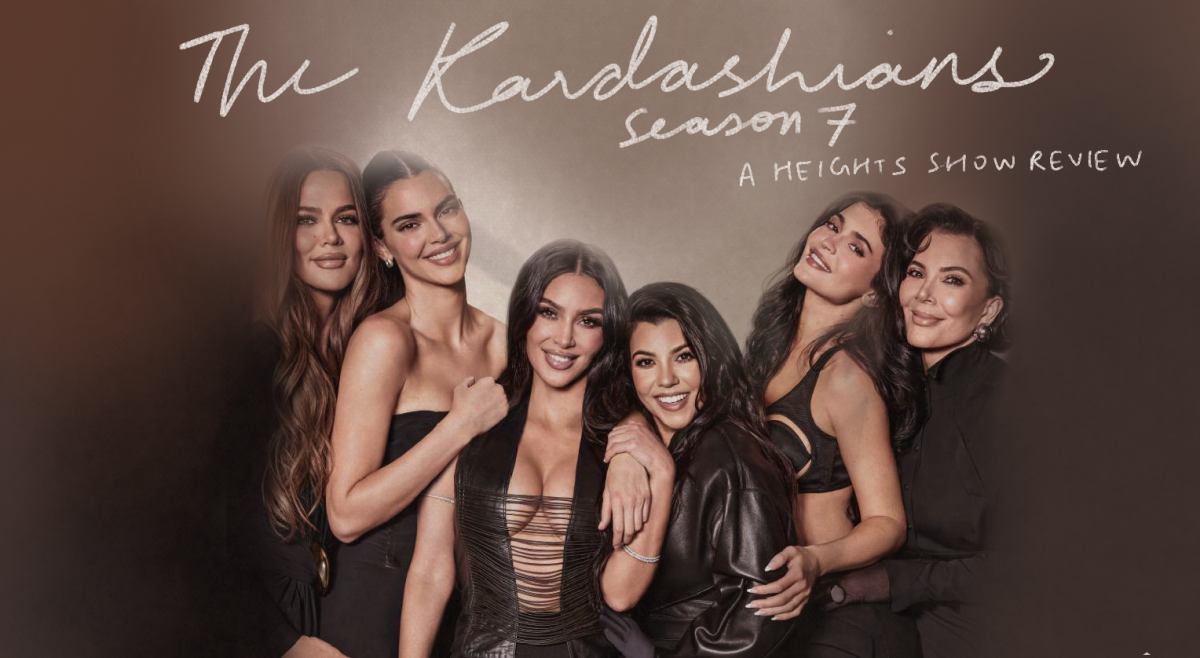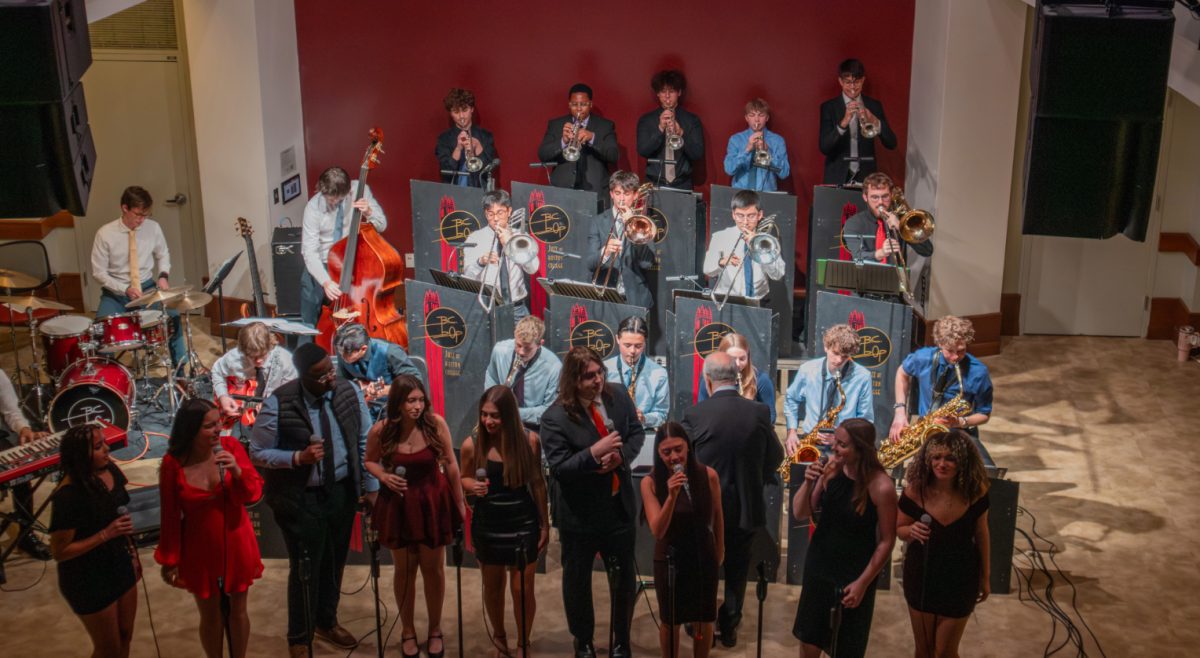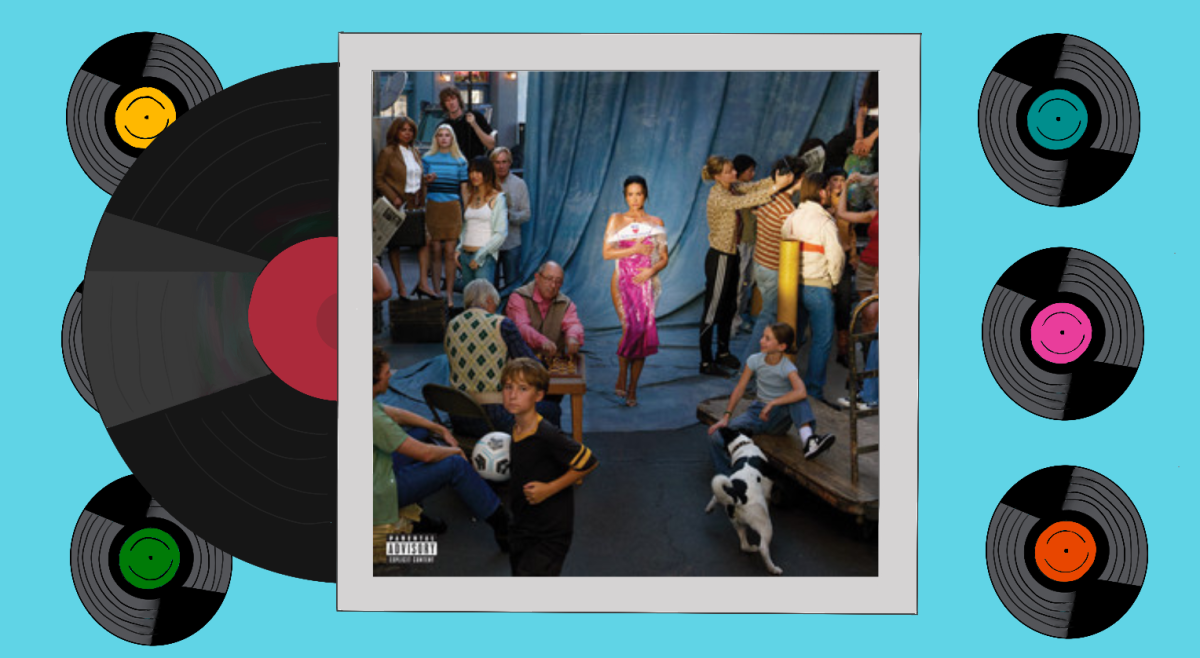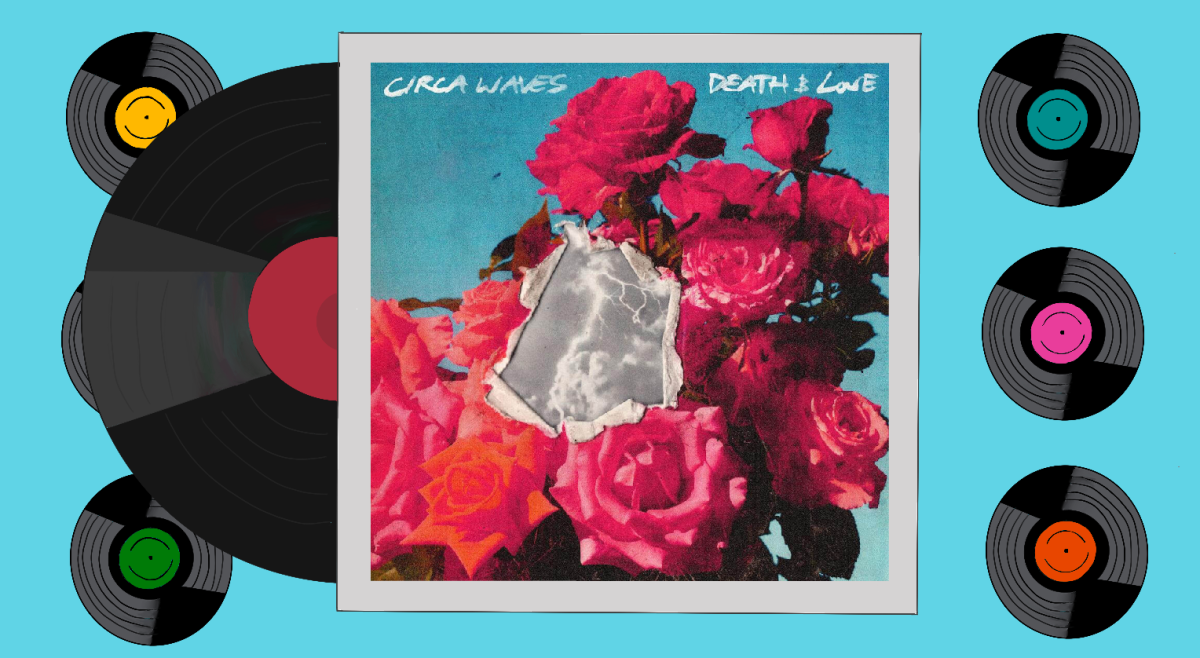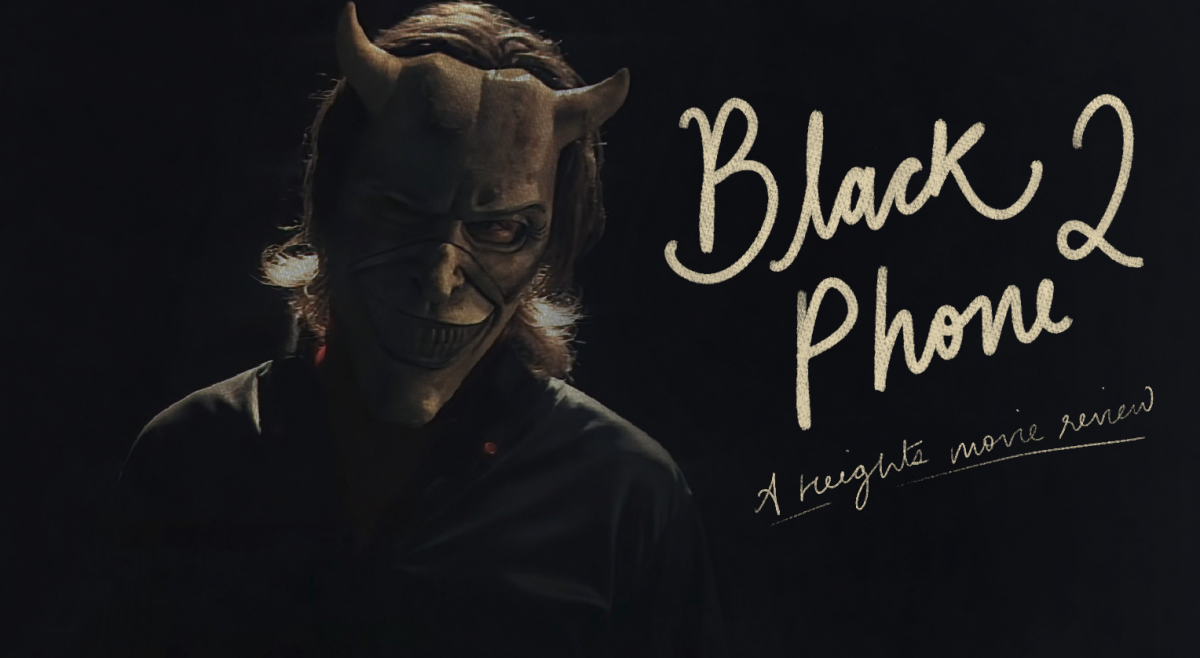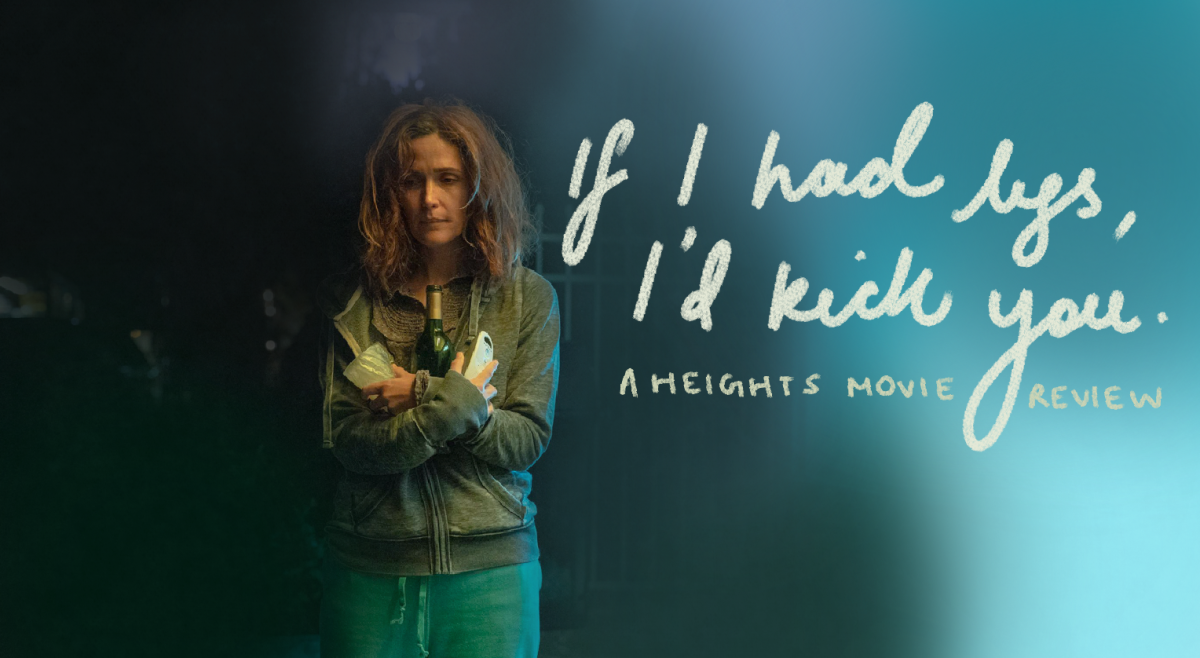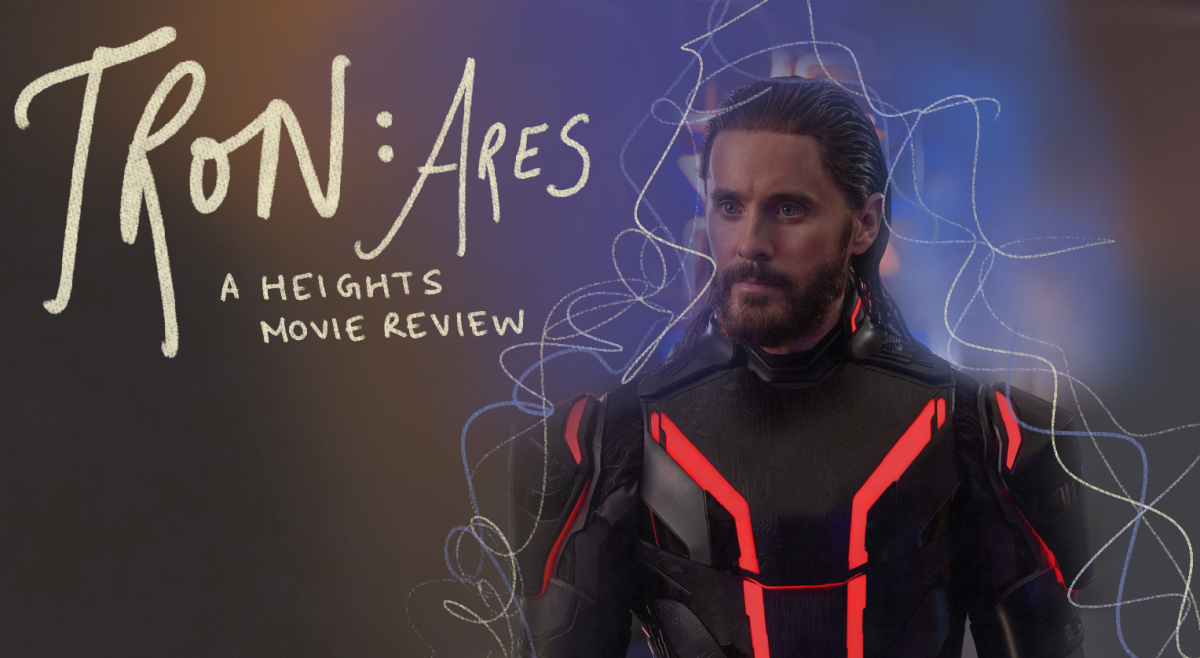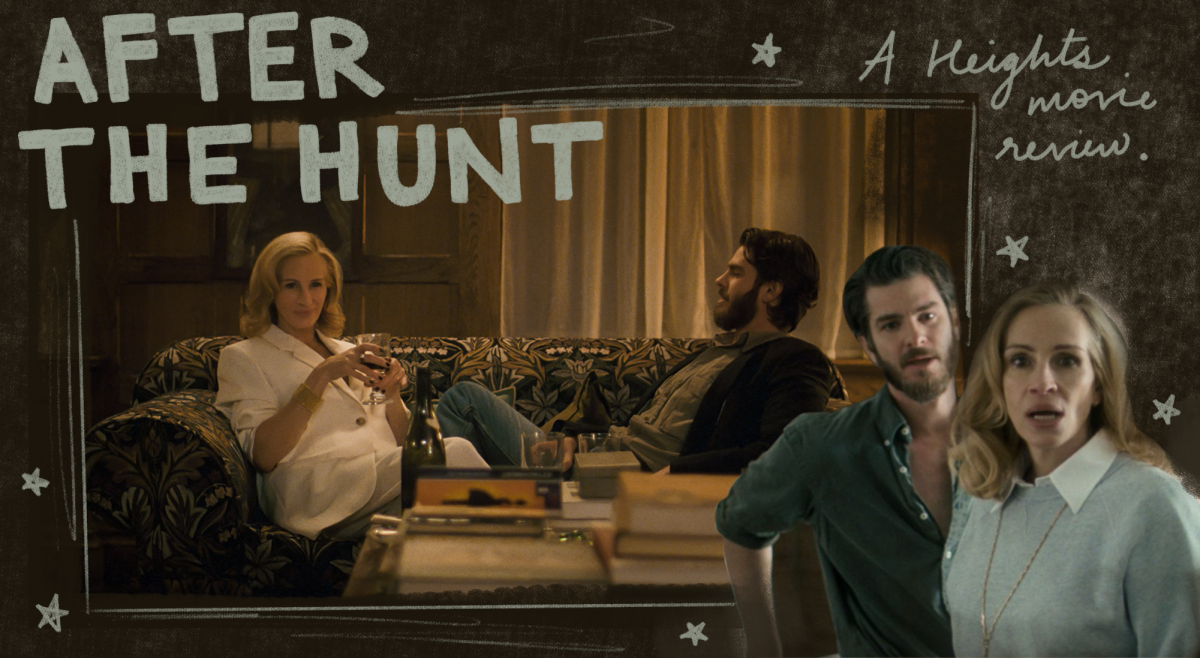Had Suzanne Collins known the final installment of the Hunger Games trilogy would be split up into two films, Katniss might have ended up back in the arena for the third time around. It is now routine for film adaptations to split single novels—like Rowling’s Harry Potter and the Deathly Hallows and Meyer’s Breaking Dawn—into two parts in order to conclude a series, particularly when there is a big budget involved. Even director Peter Jackson was able to squeeze three films out of the Hobbit under the lure of larger earnings. As its extensive title suggests, The Hunger Games: Mockingjay—Part 1 is no exception to this rule.
Unlike its predecessor, which saw its protagonist battling vicious primates and outrunning poisonous fog in a clock-like arena, however, Mockingjay benefits from none of the self-indulgent grandeur and teen romance of the previous two films. Instead, the latest installment to the franchise opens where Catching Fire leaves off: in District 13 right after Katniss Everdeen (Jennifer Lawrence) has managed to survive the Quarter Quell. With her home district in shambles, Katniss is informed that she has become the new face of the rebellion and the dissenters’ only hope for overthrowing President Snow’s (Donald Sutherland) totalitarian state of Panem.
The reluctant symbol of the revolution, Katniss is introduced to District 13’s cold and ruthless leader, President Coin (Julianne Moore). Alongside her ranks are Cressida (Natalie Dormer), a defector from the Capitol who directs propaganda for the rebellion, Plutarch Heavensbee (Phillip Seymour Hoffman), the former architect of the games, and Haymitch Abernathy (Woody Harrelson), the former mentor for the District 12 tributes. They are eager for Katniss to don the mockingjay pin and unify the districts against President Snow—she, however, remains wary of their intentions. Ultimately, Katniss agrees to join the resistance under the condition that the rebels rescue her love interest and fellow tribute, Peeta Mellark (Josh Hutcherson) from the Capitol at the earliest opportunity.
Along the way, Katniss is forced to acclimate to life in the regimented underground society and cope with the trauma left behind from the games. When she emerges above ground, it is to film propagandist shots to show all of Panem or to hunt with her best friend, Gale Hawthorne (Liam Hemsworth). Although not much occurs in ways of plot, a poignant, emotionally charged scene sees Katniss visit the wounded civilians of District 8 and witness the Capitol’s atrocities firsthand when Snow orders bombings onto the makeshift hospital.
Notably absent from the film’s action is the tried and true love triangle subplot that defines the franchise’s first two films. The only snippets we manage to catch of Peeta are seen on grainy television screens as Snow wields him as a propagandist puppet and has him tortured in an attempt to break Katniss’ spirit. Even Gale—now District 13’s most dedicated soldier—is more concerned with covert rescue missions and building weaponry than landing the girl.
Mockingjay dispenses with the gladiatorial-style competition and violence that defines the franchise. By removing the game action, Mockingjay lacks the plot device largely responsible for the success and popularity of the films. Without an annual “Hunger Games” to anchor the film, the audience is left with a slow-paced plot and a gimmicky cliffhanger.
The film’s shortcomings, however, derive not from the failings of the filmmaker, but from the lackluster source material itself. The Hunger Games: Mockingjay—Part 1 makes the best out of arguably the weakest link in the trilogy. In a faithful adaptation to the novel, director Francis Lawrence sets an ominous, somber tone appropriate to the film’s mature themes. From Katniss’ traumatic, stress-induced nightmares to the thousands of corpses laid out in the wake of the District 12 bombings, Mockingjay is markedly darker in tone and subject matter than the first two films and develops its characters more deeply. Lawrence, moreover, delivers a stunning, emotionally-laden performance that gives credence to her two Oscar nominations and her Best Actress win for Silver Linings Playbook (2012).
Ultimately, Mockingjay—Part 1 serves as a placeholder and transition film to the series’ more dramatic final installment, set to hit theaters next year. A let-down from last year’s markedly superior Catching Fire, the penultimate film in the franchise leaves much to be desired in ways of plot and action. Unfortunately, The Hunger Games without the games isn’t much to “hunger” for at all.
Featured Image Courtesy of Lionsgate Pictures

